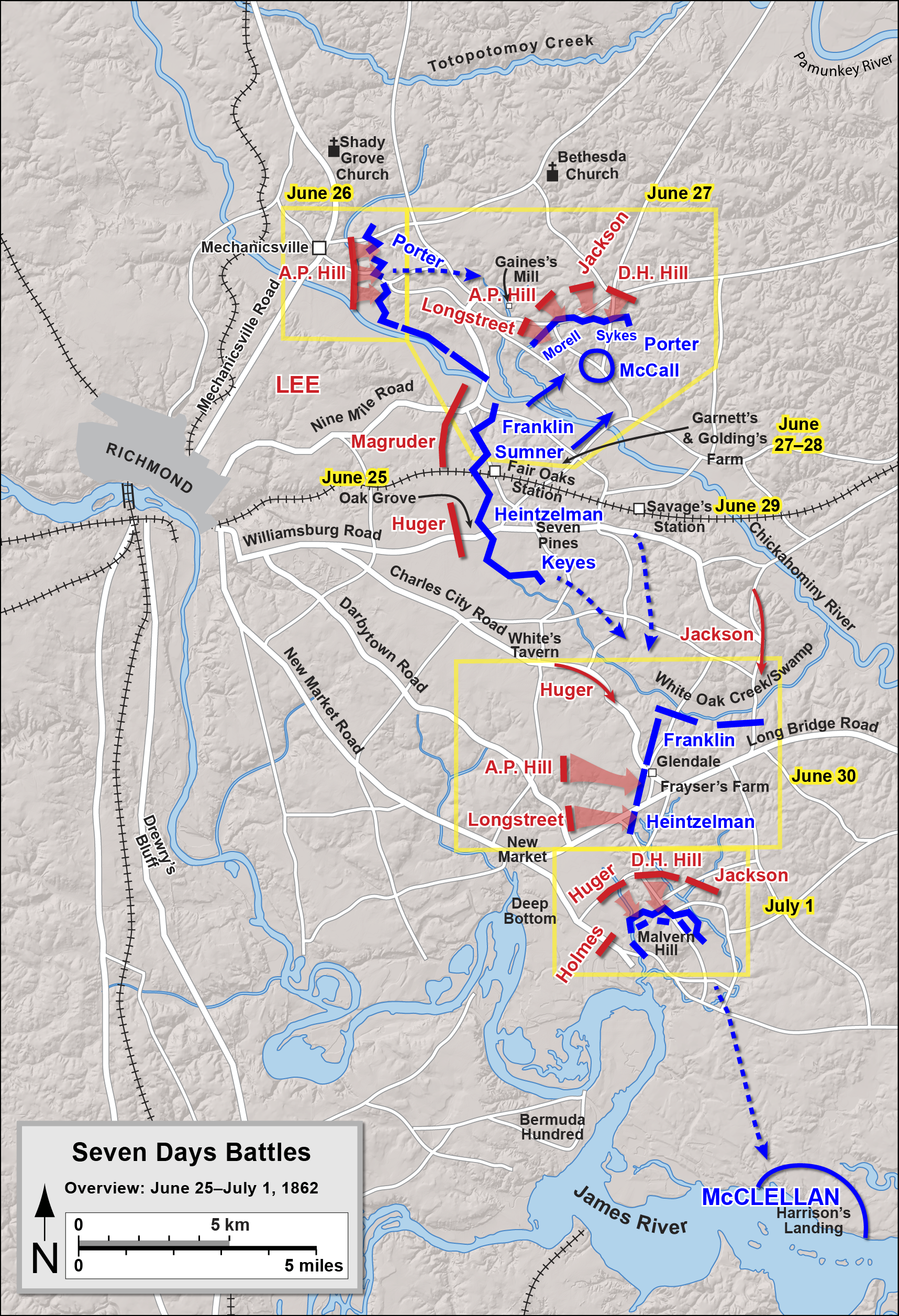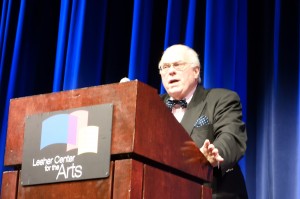Howard Jones on “George Washington and the Battle of Yorktown”
The Revolutionary War was entering its forth year. Somehow, General George Washington had managed to keep the Continental Army intact against superior British forces. Then in 1778, the Americans won a stunning victory at Saratoga. This victory was the War’s turning point.
The French had waited for such a victory before they would support the American cause. In 1780, some 6,000 French troops were landed at Newport, Rhode Island, under the command of General Rochambeau. These forces would later unite with the Continental Army in New York. Washington had always believed that the War’s deciding battle would be fought in New York.
As the joint forces prepared to attack they received a message from the Marquis de Lafayette who commanded a small detachment of troops near Williamsburg, Virginia. General Lafayette told them that the army of General Charles Lord Cornwallis had gone into winter quarters in Yorktown. Lafayette believed that Cornwallis could be attacked and beaten at Yorktown. A victory at Yorktown might just end the war.
In 1781, Washington decided to attack! Howard’s presentation detailed the story of Washington’s 400 mile march from New York to Yorktown. It described the 20 day siege that ended with Cornwallis’s surrender. And finally, it told the story of the 1783 Treaty of Paris that guaranteed America’s freedom.



